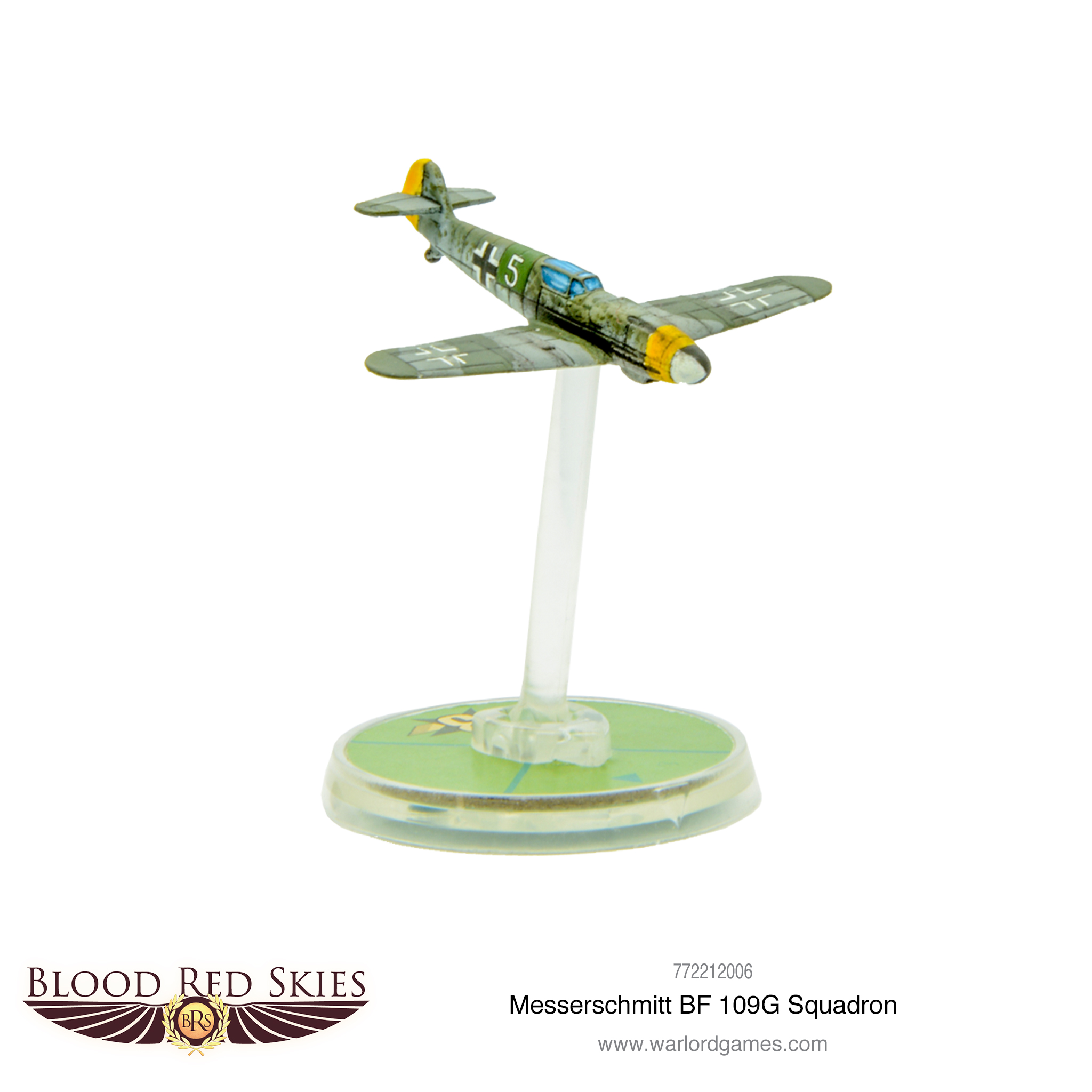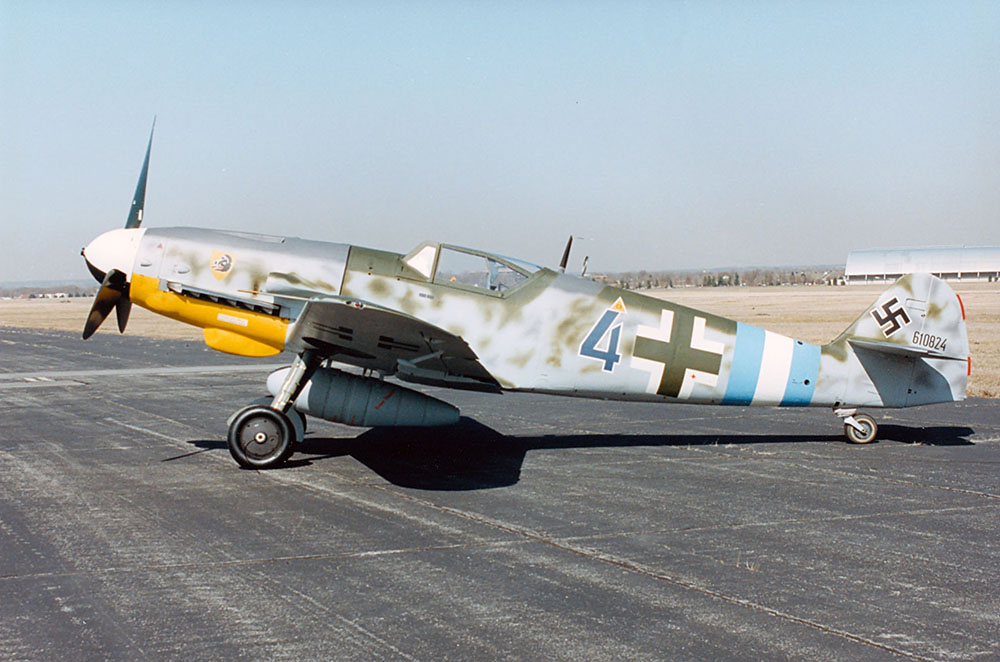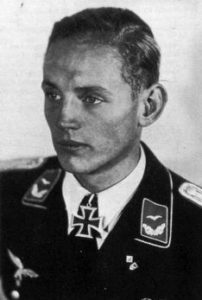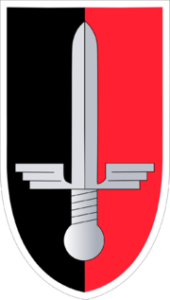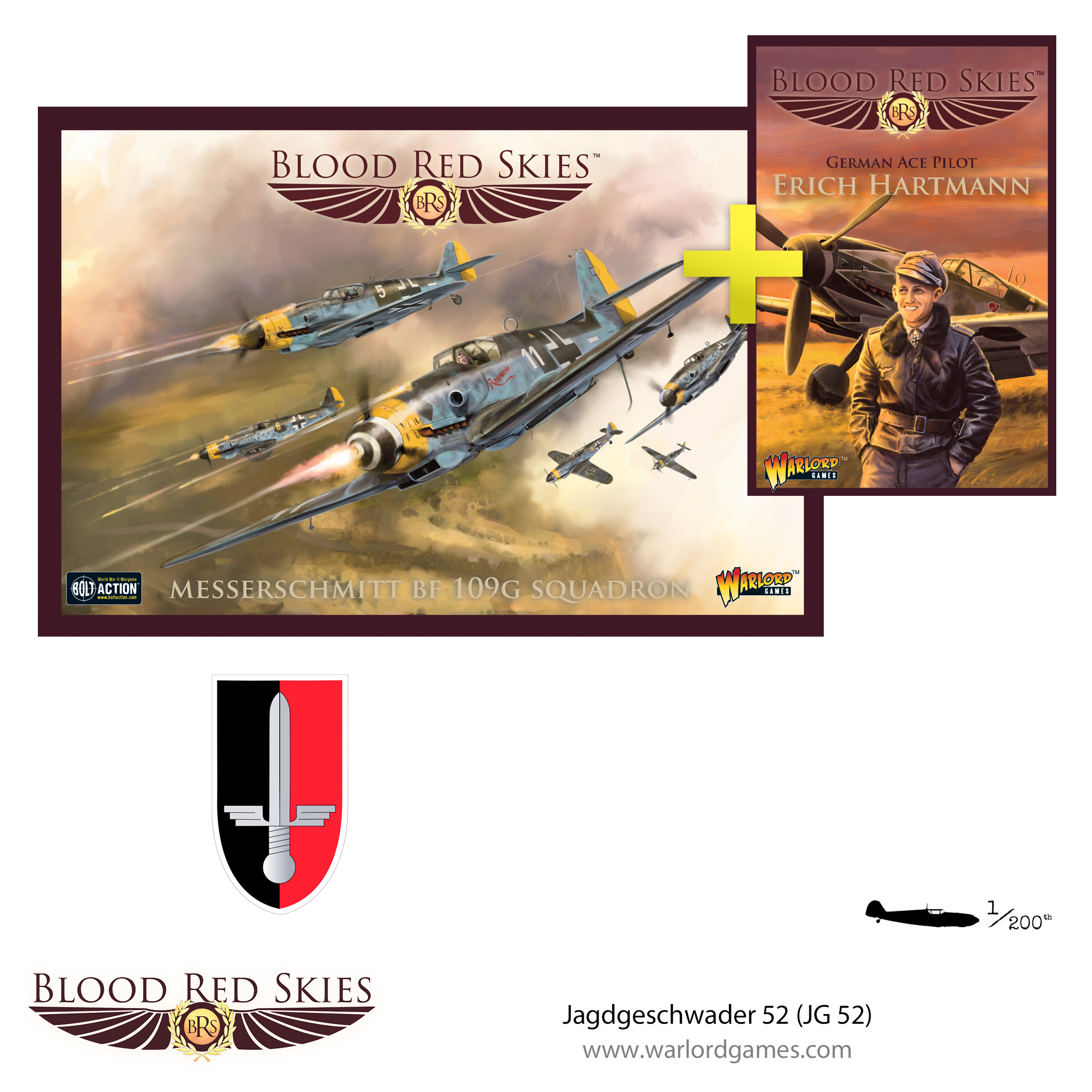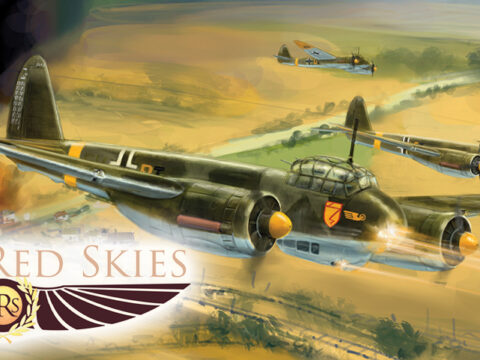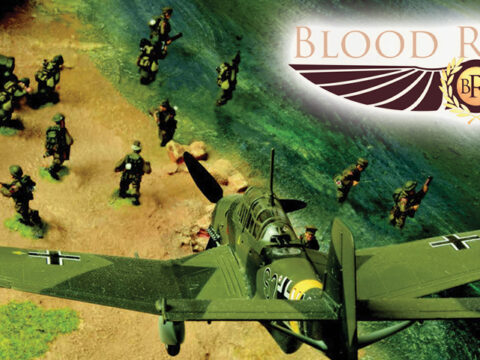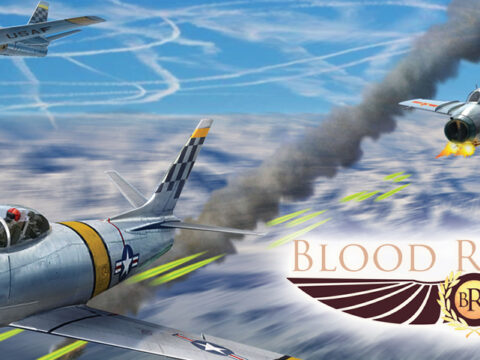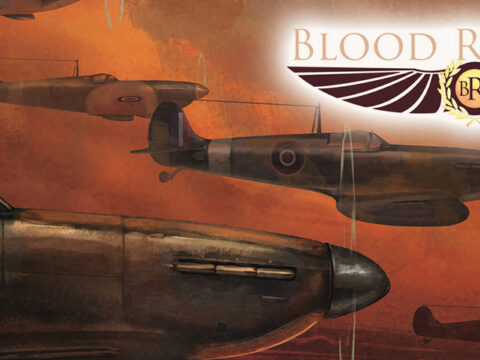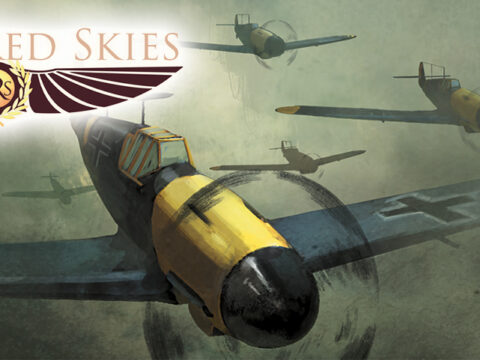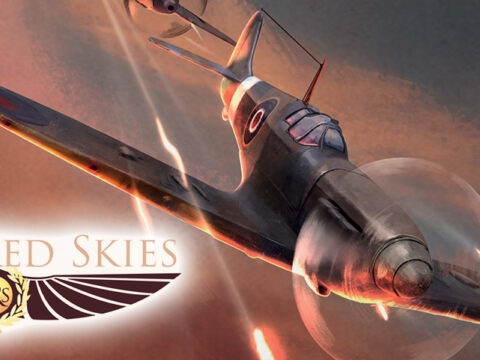Jagdgeschwader 52 employed the Messerschmitt BF109G on the Eastern front. It was the most successful fighter wing of all time.
Messerschmitt BF 109G
Vital Statistics
- Crew: 1
- Length: 8.95 m
- Wingspan: 9.925 m
- Max Speed: 640 km/h
- Combat Range: 850 km
- Armament: 2 × 13 mm (.51 in) synchronized MG 131 machine guns with 300 rpg;
1 × 20 mm (.78 in) MG 151/20 cannon as centerline Motorkanone with 200 rpg [83] or
1 x 30 mm (1.18 in) MK 108 cannon as centerline Motorkanone with 65 rpg (G-6/U4 variant); 2 × 20 mm MG 151/20 underwing cannon pods with 135 rpg (optional kit—Rüstsatz VI); 2 × 21 cm (8 in) Wfr. Gr. 21 rockets (G-6 with BR21); 1 × 250 kg (551 lb) bomb or 4 × 50 kg (110 lb) bombs or 1 × 300-litre (79 US gal) drop tank
The Messerschmitt BF 109 was the real workhorse of the Luftwaffe throughout the Second World War, being the most produced fighter aircraft in history, with a total of 33,984 airframes produced between 1936 and April 1945.
The Bf 109 was flown by the three top-scoring German fighter aces of World War II, who claimed 928 victories between them while flying with Jagdgeschwader 52, mainly on the Eastern Front. Pilots of other Axis nations also achieved ace status in the cockpit of a Bf 109, including pilots from Italy, Romania, Croatia and Hungary. Through constant development and improvements, the Bf 109 remained a potent and competitive aircraft.
The G series, or Gustav, was introduced in mid-1942 taking its cues from the prior F series (which featured new wings, an improved cooling system and adjusted fuselage aerodynamics). The G series further improved upon the engine, mounting a more powerful 1,475 PS DB 605 engine. It had a multitude of variants, ranging from high altitude fighters with pressurized cockpits to photo-reconnaissance and even a two-seater trainer. As the war wore on, further variants were introduced with water injection boost and high-performance superchargers added, to meet developing tactical requirements.
The Bf 109 achieved more aerial kills than any other aircraft of World War II. Many of these were against an inferior (in both training and equipment) Soviet Air Force during Operation Barbarossa. The operation resulted in the loss of 21,200 Soviet aircraft, of which, about half were to combat.
As the war progressed and the Allies made increasing bombing incursions into German territory, the environment became ever more target-rich for Bf 109 pilots, allowing for over 100 individual Luftwaffe pilots to be credited with 100 aerial victories each. This group in total claimed almost 15,000 kills – resulting in more than 2500 Luftwaffe pilots to be considered aces.
Ace: Erich Hartmann
Erich Alfred Hartmann (19 April 1922 – 20 September 1993) was the most successful fighter ace in the history of aerial warfare. He was credited with 352 Allied aircraft downed – of which 350 were Soviet and 2 American over the course of WW2. This was despite 16 separate instances of being forced to crash land his fighter – either due to mechanical failure or to damage incurred from the debris of enemy aircraft he himself had shot down.
Prior to the War he was a glider pilot, but joined the Luftwaffe in 1940 and had completed his training by 1942. Posted to Jagdgeschwader 52, a veteran wing on the Eastern front, he benefitted from the supervision of some of the Luftwaffe’s most experienced pilots, flying the Messerschmitt BF109G
As his reputation developed he gained the nickname Cherniy Chort (“Black Devil”), both because of his skill and his aircraft’s paint scheme. Hartmann was greatly decorated for his achievements, ultimately receiving the Knight’s Cross of the Iron Cross with Oak Leaves, Swords and Diamonds on 25th August 1944 having achieved 301 aerial victories. This was, at the time, Germany’s highest military decoration.
Hartmann’s final victory came at midday on 8 May 1945, hours before the German surrender. Turned over to the Red Army, he was tried on war crimes and sentenced to 20 years of imprisonment. He was released in 1955 and posthumously released of all charges (in 1997).
Jagdgeschwader 52 (JG 52)
Jagdgeschwader 52 (JG 52) exclusively used the Messerschmitt Bf 109 throughout the war becoming the most successful fighter-wing of all time. The staggering total of claimed victories was more than 10,000 victories over enemy aircraft during World War II. It was the unit of the top three scoring flying aces of all time, Erich Hartmann, Gerhard Barkhorn and Günther Rall.
During Operation Barbarossa, the unit operated on the southern and central sectors of the front. The Luftwaffe was constantly on the offensive, dominating the skies against the ill-equipped and poorly trained Soviet Air Force – claiming a huge toll of enemy aircraft downed in return for 54 losses (five of which were grounded aircraft).
During the Battle of Kursk, JG 52 surpassed 6000 aerial victories. By this time they were facing improved Soviet fighters such as the Yak-9 and La-5, as well as better trained opponents. JG 52 was the only complete fighter wing remaining on the eastern front by August 1943, forced to operate from makeshift airfields in the face of a rapidly encroaching frontline. Nevertheless, their tally of victories was ever-increasing.
With the invasion of Normandy and the appearance of USAAF aircraft in the theatre, the aerial defence of the Reich eventually crumbled. Attrition rendered the various elements of JG 52 ineffectual. Most of its personnel were handed over to the Red Army following their surrender to US forces at the close of the war.
Contains 7 Warlord Resin aircraft with advantage bases & cards, supplied unassembled & unpainted


